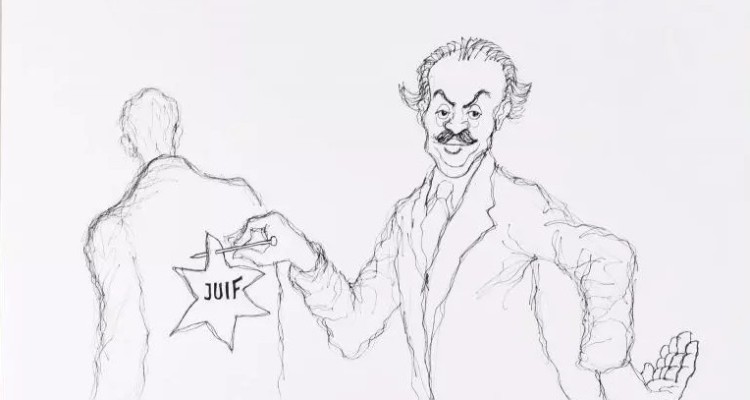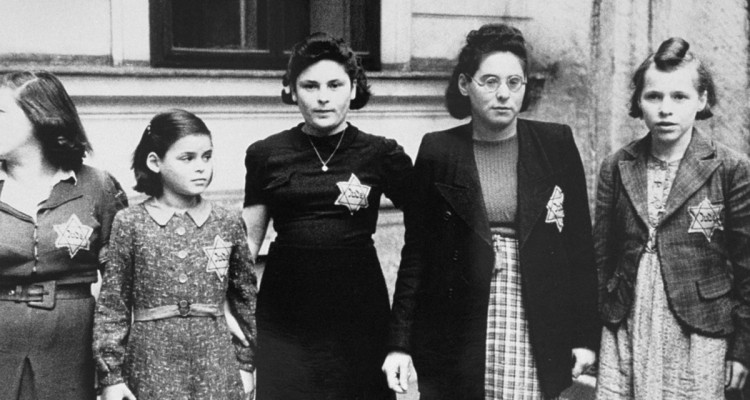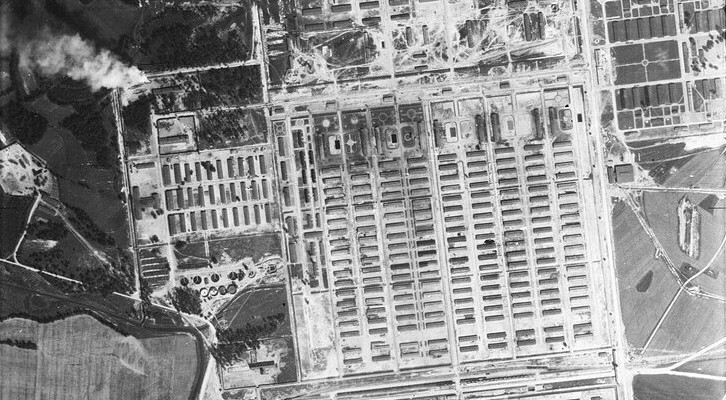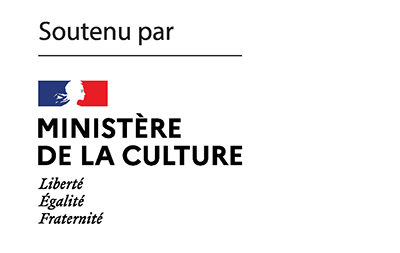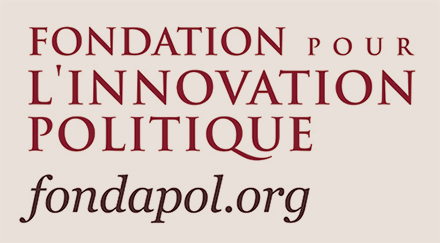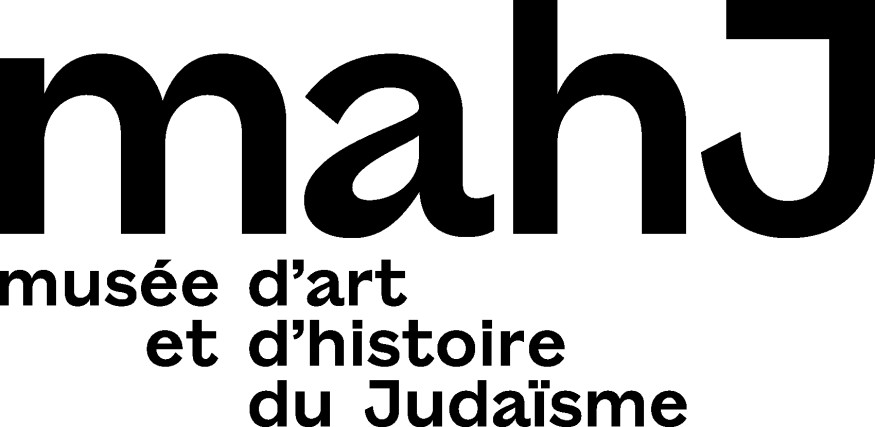Do we still know what is meant by the concept of antisemitism? The debates that have stirred up the academic world since October 7 raise doubts on this subject: for eminent specialists, it would be impossible to reconcile the crimes of Hamas, and their aftermath, with the historical persecutions that have targeted Jews. Any analogy between the two would have to be treated as intrinsically suspect, since it would obliterate the context of the Israeli-Palestinian conflict by invoking an eternal, ancient anti-Jewish hatred. But then, how consistent is the concept of antisemitism? Matthew Bolton’s article rigorously restores the epistemological and political presuppositions of this controversy between the “historicist” and “eternalist” positions, giving us the means to overcome its aporias. What we have to think about is neither an immutable hatred, nor an incident that happens to Jews, but the trace in the present of a past that never ends.
As we commemorate the 80th anniversary of the liberation of the Auschwitz-Birkenau camp by the Red Army this week, and the testimonies of the last survivors, it is precisely this question of the permanence of traces that should stir the European conscience. For the latter, “Auschwitz”, the name of something that had to be avoided at all costs, has been the point of consensus that has enabled a common political orientation to emerge since the Second World War. Europe had stitched itself together around “Never again”. But today, the thread seems to have snapped, and the consensus shattered. Indeed, at the very moment when the reference to Auschwitz is imposed on all, we can see that it has been emptied of its substance, since there is divergence as to the obligation it implies for the present. The core of “Never again” is now open to competing and incompatible interpretations. As Ruben Honigmann suggests in his account of his own encounter with the living memory of genocide, “The page of the Shoah is turned. All that remains are obscene recuperations”. If that’s the case, we’d better take note of it, because what’s at stake is the political identity of Europe, and the future of the Jews who remain there. In addition to his text, we enclose a special feature bringing together a number of contributions published in K. on the subject of distortions of the history of the genocide and the difficult context in which it is transmitted today.
